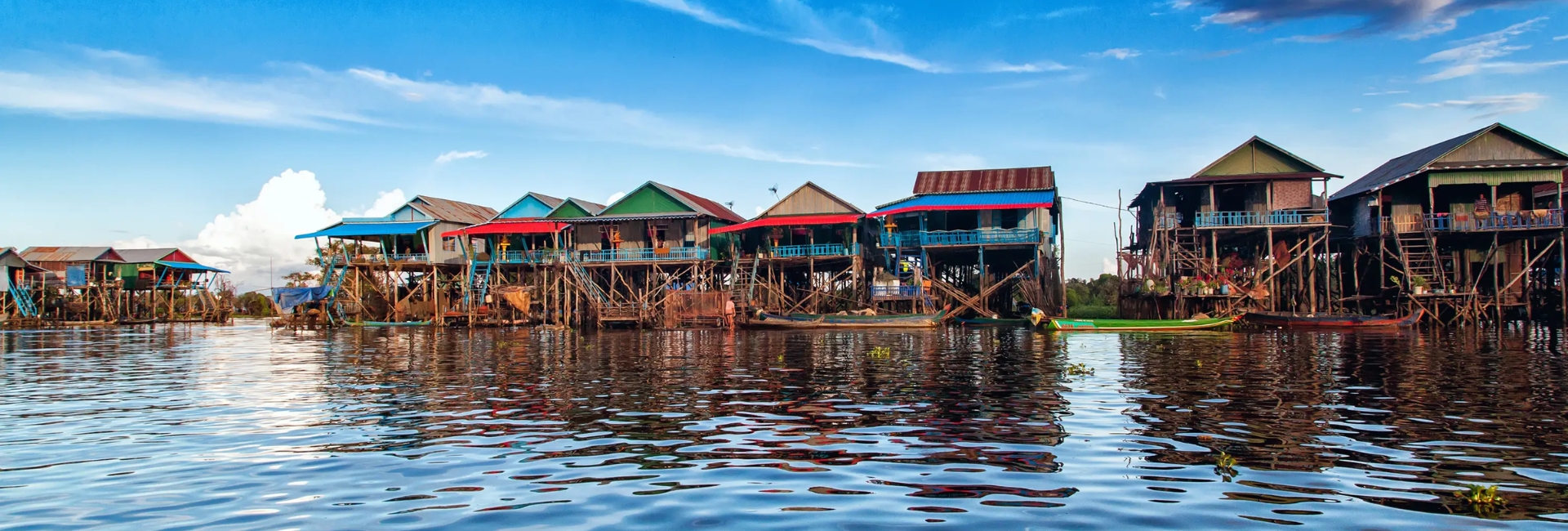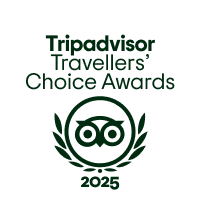Understanding the weather in August in Cambodia is crucial for planning a successful trip. If you’re considering visiting Cambodia in this time, this comprehensive guide will provide you with all the essential information about weather conditions, ideal destinations, costs, and practical travel tips to make your journey memorable.
What is the Weather in August in Cambodia Like?
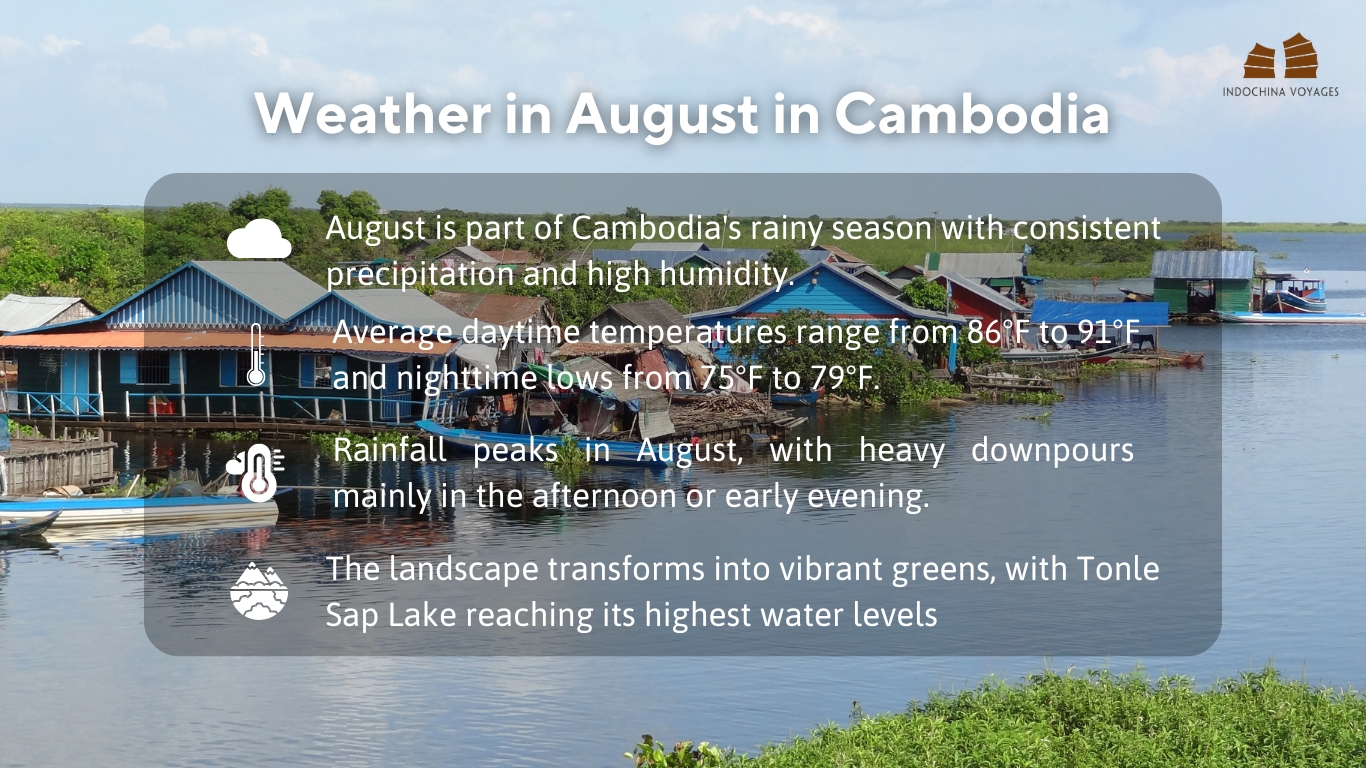
August falls firmly within Cambodia’s rainy season (May to October), bringing consistent precipitation across the country. During this month, Cambodia experiences a tropical monsoon climate characterized by high humidity, warm temperatures, and regular rainfall patterns.
The average temperatures in Cambodia during August typically range between:
- Daytime highs: 86°F-91°F (30°C-33°C)
- Nighttime lows: 75°F-79°F (24°C-26°C)
Rainfall in August is almost at its peak, with precipitation levels varying across different regions. The central plains experience heavy downpours, while coastal areas might see even more intense rainfall. The good news is that these rain showers, although frequent, tend to be short and intense—typically lasting for a few hours rather than all-day downpours.
The pattern of rain in August typically follows a predictable schedule:
- Mornings often start clear and sunny
- Clouds build up throughout the day
- Heavy downpours usually occur in the afternoon or early evening
- Nights clear up again after the rain
This rainfall pattern creates a lush, vibrant landscape throughout Cambodia. The countryside transforms into brilliant shades of green, rivers and lakes fill to capacity, and rice paddies glisten under the tropical sun. The Tonle Sap Lake, Cambodia’s great lake, reaches its highest water levels during this time, creating unique ecosystems and enabling boat access to flooded forests and floating villages.
Humidity levels in August are quite high, averaging 80-90%, which can make the already warm temperatures feel even hotter, especially in urban areas. The combination of heat and humidity creates a typical tropical atmosphere that characterizes Cambodia during the wet season.
Is August a Good Time to Visit Cambodia?
August can be an excellent time to visit Cambodia, but it depends on your preferences and priorities as a traveler. Here’s why it might work well for your trip:
Advantages of visiting Cambodia in August:
- Lush, verdant landscapes at their most beautiful
- Fewer tourists and more authentic experiences
- Significantly lower prices for accommodation and tours
- Better photography opportunities with dramatic skies and vibrant colors
- High water levels making floating villages and water-based activities more accessible
- Cooler temperatures compared to the extreme heat of April and May
Challenges to consider:
- Regular rainfall that might disrupt outdoor activities or travel plans
- Potential flooding in some areas, particularly rural roads
- Higher humidity levels that some travelers find uncomfortable
- Limited beach activities due to rough seas along the coast
- Some remote areas are becoming difficult to access
Overall, August is a good time to visit Cambodia if you’re a flexible traveler who appreciates natural beauty, doesn’t mind occasional rain showers, and values a more authentic, less crowded experience. The rain typically follows predictable patterns, allowing you to plan daily activities around the weather. If you prefer completely dry conditions for exploring temples or want beach weather, the November-February period might better suit your needs.
>> Read more: Should I Go to Cambodia in July? Weather and Where to Go
Where to Go in Cambodia in August?
The monsoon season transforms Cambodia into a lush paradise, with each destination offering unique experiences during August. Despite the rain, most major attractions remain accessible, and the dramatic skies can enhance the visual appeal of Cambodia’s historic sites.
Tonle Sap Lake
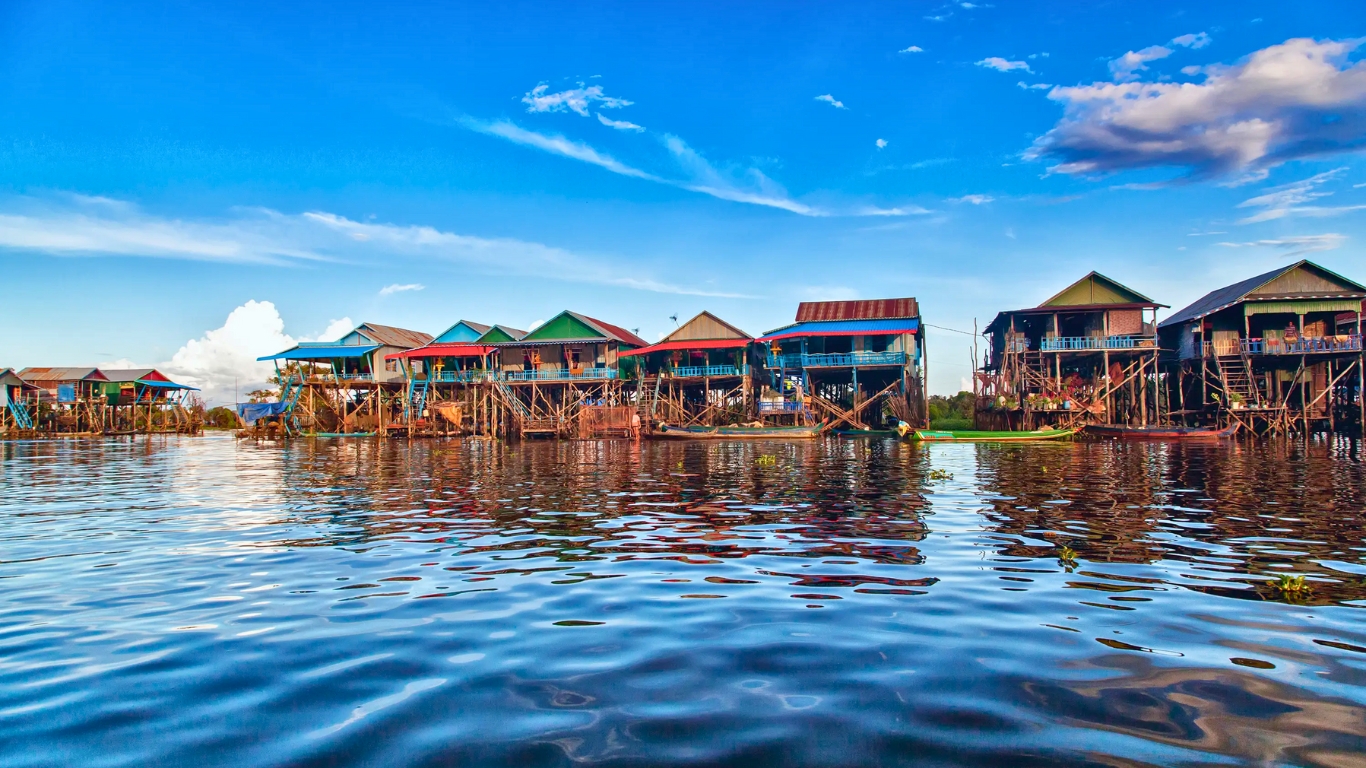
The Tonle Sap Lake reaches its maximum size during August, making it one of the most fascinating times to visit this ecological wonder. As Cambodia’s largest freshwater lake, the Tonle Sap undergoes a remarkable transformation during the rainy season when the water level rises dramatically.
Visiting the Tonle Sap in August offers unique experiences:
- Boat trips to floating villages become more immersive as houses are fully surrounded by water
- The flooded forests create magical waterscapes that can only be seen during the wet season
- Birdwatching opportunities improve as migratory birds thrive in this ecosystem
- Local fishing activities and daily life on the water can be observed in their most authentic form
The high water levels in August create an atmosphere reminiscent of a water world, where entire communities adapt to life on the rising waters. From Siem Reap, you can easily arrange boat tours to villages like Chong Khneas, Kampong Phluk, or Kampong Khleang, each offering a different glimpse into this remarkable way of life.
Kampot
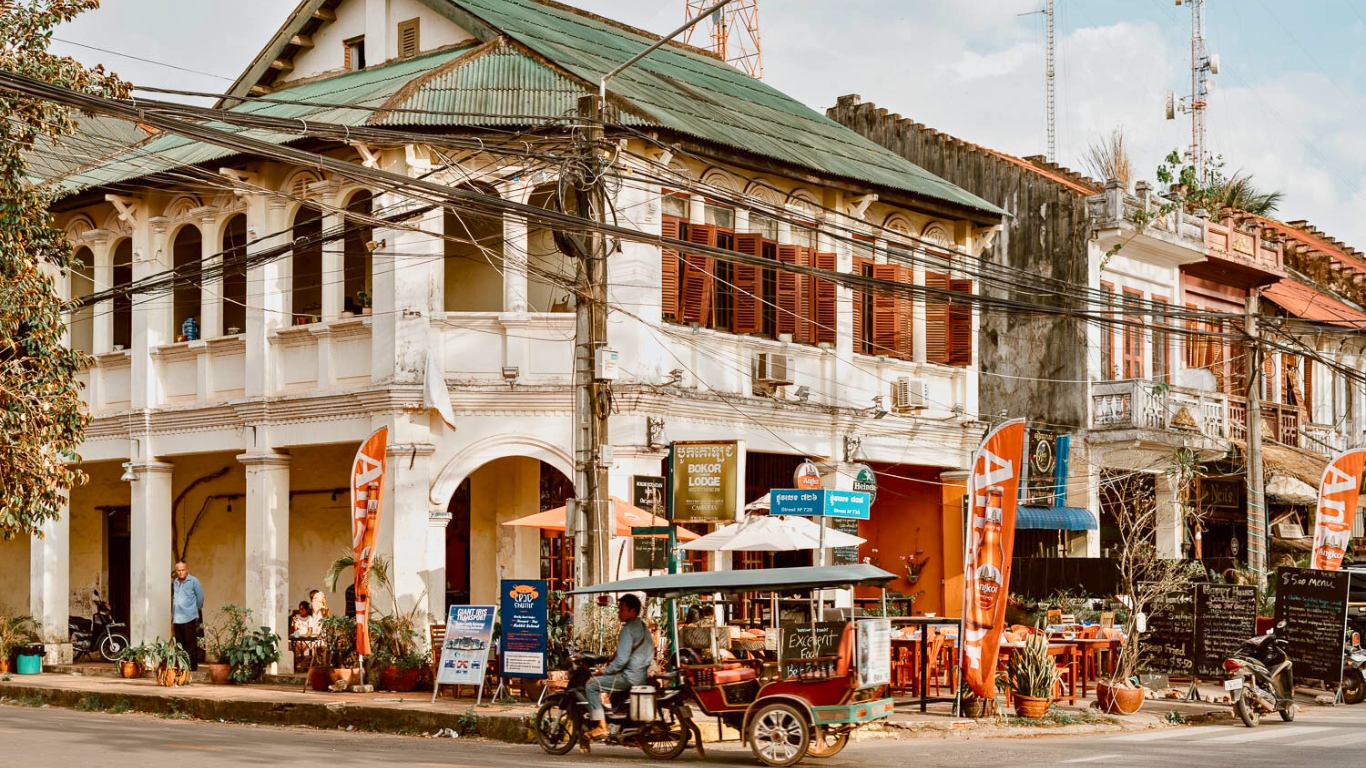
Kampot, with its riverside charm and colonial architecture, offers a relaxed atmosphere even during the rainy season. In August, Kampot receives some of the heaviest rainfall in Cambodia (around 16 inches for the month), but the precipitation transforms this region into a spectacle of natural beauty.
Despite the rain, Kampot remains a worthwhile destination in August for several reasons:
- The surrounding countryside becomes incredibly lush, with the pepper plantations that made the region famous thriving in the wet conditions
- The Bokor Mountain National Park takes on a mystical quality when shrouded in mist and clouds
- The Kampot River swells to its fullest, making river cruises particularly scenic
- The famous Kampot pepper farms are at their most vibrant during this growing season
August in Kampot typically sees average temperatures between 75°F-86°F (24°C-30°C), with mornings often clear enough to explore the town before afternoon showers arrive. The colonial architecture of the town center, with its pastel-colored buildings, stands out beautifully against dramatic storm clouds, creating perfect photography opportunities.
Phnom Penh

As Cambodia’s capital, Phnom Penh maintains its vibrancy throughout the rainy season. August brings regular afternoon downpours to the city, but mornings and evenings are often clear, providing ample time to explore its cultural and historical sites.
In August, Phnom Penh experiences average temperatures of 76°F-90°F (24°C-32°C) with high humidity, but the city offers many advantages during this time:
- The Royal Palace and Silver Pagoda shine brilliantly against the changing skies
- Museums like the National Museum and the sobering Tuol Sleng Genocide Museum provide indoor activities during rain showers
- The city’s riverside area becomes especially atmospheric after rainfall, with cooling breezes from the swollen Mekong River
- Local markets bustle with activity selling seasonal fruits and produce unique to the wet season
Phnom Penh’s location at the confluence of the Mekong, Bassac, and Tonle Sap rivers means that waterways are at their most impressive during August, creating beautiful scenes along the riverside promenades. Evening river cruises offer spectacular views of the city skyline, especially during sunset after the typical afternoon showers have cleared.
Battambang
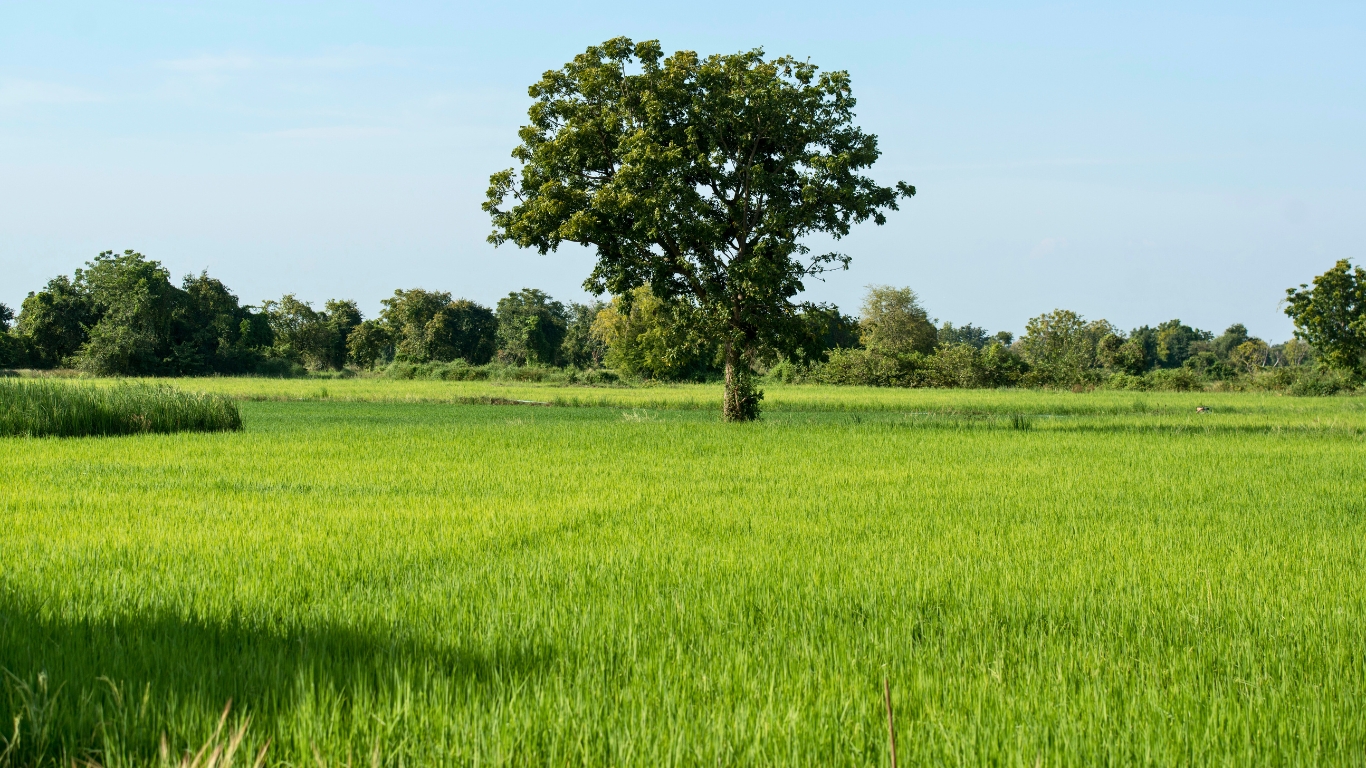
Battambang, Cambodia’s second-largest city, offers a more authentic glimpse into Cambodian life away from the major tourist centers. In August, Battambang receives significant rainfall (around 10 inches for the month), but the precipitation transforms the surrounding countryside into a painter’s palette of greens.
August in Battambang presents several unique attractions:
- The famous bamboo train (“norry”) runs through the countryside at its most verdant
- The surrounding rice fields become mirror-like reflecting pools after rainfall
- Ancient temples like Wat Ek Phnom and Phnom Sampeau take on a mystical quality when set against dramatic skies
- The Sangker River, which flows through the city, reaches its highest levels, creating beautiful riverscapes
With temperatures ranging from 76°F-90°F (24°C-32°C), Battambang’s August weather follows the typical pattern of morning clearness followed by afternoon showers. The city’s French colonial architecture creates a charming atmosphere, and the slower pace of life allows visitors to experience authentic Cambodia away from larger tourist crowds.
Cost & Crowd
August falls squarely within Cambodia’s low season, which significantly impacts both visitor numbers and pricing throughout the country. For budget-conscious travelers, this presents a compelling opportunity to experience Cambodia’s wonders at a fraction of the high-season cost.
Cost advantages in August:
- Accommodation prices can drop by 30-50% compared to peak season
- Many hotels offer special promotions, upgrades, or complimentary services
- Tour operators and guides often negotiate lower rates for excursions
- Some restaurants offer special rainy season menus or discounts to attract customers
- Entrance fees to attractions remain the same, but the overall trip budget stretches further
The significant reduction in tourist numbers also creates a different experience at Cambodia’s major attractions:
- Angkor Wat and the surrounding temples can be explored without the crowds that characterize peak season
- Photography opportunities improve without crowds of tourists in your shots
- More personal attention from guides and service staff
- Easier to secure reservations at top restaurants and accommodations
- A more authentic experience interacting with locals who aren’t overwhelmed with tourists
While exact statistics vary year to year, August typically sees visitor numbers at approximately 30-40% of peak season levels. This creates a more intimate atmosphere throughout the country, where travelers can enjoy Cambodia’s stunning attractions without the hustle and crowds that characterize the November-February period.
What to Pack to Travel to Cambodia in August?
Packing appropriately for Cambodia’s rainy season will significantly enhance your comfort and enjoyment. The key is to prepare for warm, humid conditions with regular rainfall while maintaining comfort during outdoor exploration.
Essential clothing:
- Lightweight, quick-drying clothing made from natural fabrics like cotton or technical materials
- At least one light long-sleeved shirt and pants for sun/mosquito protection and temple visits
- Modest clothing that covers shoulders and knees for temple visits (required at religious sites)
- A good quality, packable rain jacket or poncho that breathes well in tropical conditions
- Waterproof sandals or shoes that can handle wet conditions
- A small travel umbrella for unexpected showers
- A wide-brimmed hat for sun protection during clear mornings
Other essentials:
- High-SPF waterproof sunscreen (the sun is intense even on cloudy days)
- Insect repellent with DEET or picaridin
- A waterproof phone case or dry bag for electronics
- Moisture-wicking socks to prevent blisters in wet conditions
- Anti-bacterial hand gel and wet wipes
- Rehydration salts or electrolyte tablets for hot, humid days
- A microfiber towel that dries quickly
- Plastic bags to protect electronics or important documents
Remember that laundry services are inexpensive and widely available throughout Cambodia, so you can pack lighter and have clothes washed during your stay if needed.
Extra Travel Tips for Visiting Cambodia in August
Making the most of Cambodia during the rainy season requires some strategic planning and flexibility. These additional tips will help you maximize your experience while minimizing weather-related disruptions:
Planning your day:
- Schedule major outdoor activities and sightseeing for the morning hours when rain is less likely
- Keep afternoons flexible for indoor activities like museums, shopping, or relaxing
- Take advantage of clearer evenings for dinner cruises or night markets after the rain has passed
- Build buffer days into your itinerary to accommodate weather delays
Transportation considerations:
- Allow extra time for road journeys as some routes may experience flooding
- Consider domestic flights for longer distances to avoid potentially difficult road conditions
- In cities, use ride-hailing apps or arrange transportation through your hotel during heavy rain
- Check local conditions before traveling to more remote areas, as some may become inaccessible
Health and comfort:
- Stay hydrated even when it’s not sunny—the high humidity causes continuous perspiration
- Apply mosquito repellent regularly, especially after rainfall
- Wear footwear with good traction as temple steps and sidewalks can become slippery
- Protect electronics from humidity with silica gel packets or airtight containers
Cultural experiences:
- August is a quieter month for festivals, but local markets are vibrant with seasonal produce
- The rainy season is considered a time of renewal in Cambodian culture—engage with locals about what this season means to them
- Photography enthusiasts should bring protective gear but will be rewarded with dramatic lighting conditions
- Consider taking a Khmer cooking class to learn about seasonal ingredients used during the wet months
Cambodia in August offers a different perspective on this beautiful country—one of lush abundance, dramatic skies, and peaceful exploration away from peak-season crowds. By embracing the unique characteristics of the rainy season and preparing appropriately, you can experience Cambodia’s cultural treasures and natural beauty in a way that many travelers miss. The occasional afternoon shower is a small price to pay for the verdant landscapes, reduced crowds, and authentic experiences that await during this special time of year.
As you prepare for your adventure in Cambodia this August, remember that the journey is just as important as the destination. If you need assistance planning your trip or require expert advice, don’t hesitate to reach out to Indochina Voyages. Our travel experts, equipped with local knowledge, are here to ensure you have an unforgettable experience. Let us help you make the most of your journey through this beautiful country!
Thuy Dang – From Indochina Voyages Team

